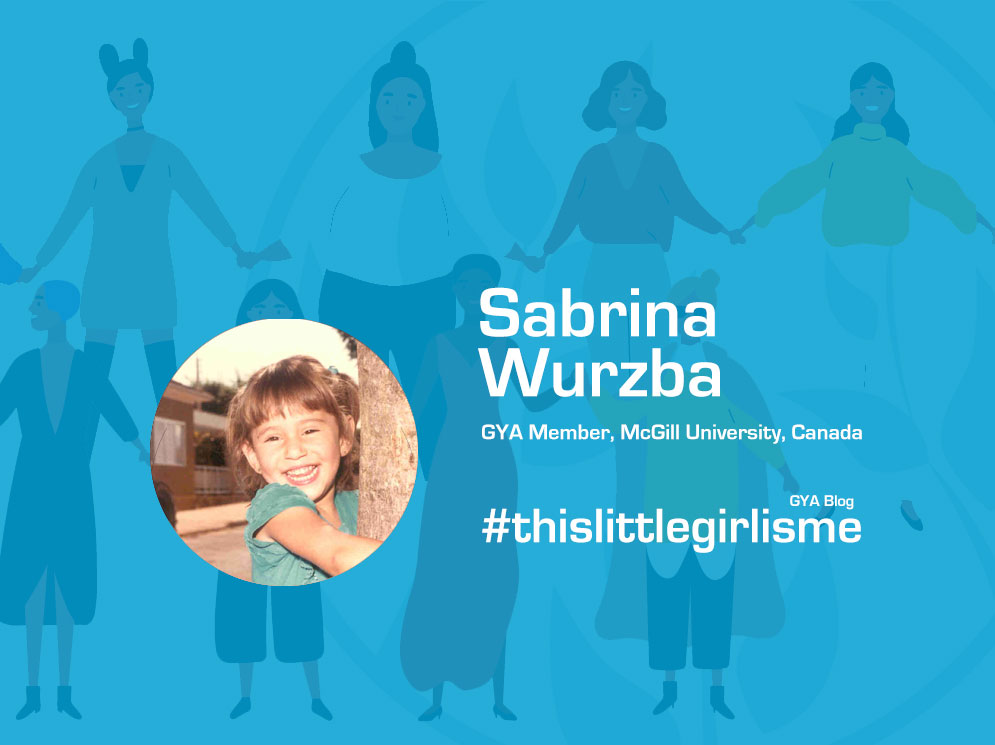I am still this smiling but stubborn little girl at 4 years of age. I am the youngest of a large (and loud) family and grew up in a small city with 20,000 inhabitants in South America (Brazil). My mother is Italian, my dad is first nation Brazilian, my husband is half Japanese and half German, and I have a daughter who was born in Canada. This “multiculturalism” and our differences in religious beliefs and background have taught me that our diversity isn’t a challenge to be overcome or a difficulty to be tolerated. Rather, it’s a tremendous source of strength.
When I was growing up, several of my loved ones died due to cancer or degenerative diseases. I was always curious, wanting to understand how tumors started and diseases progressed, and wondering how I could contribute to changing these outcomes. Curiosity led me to be passionate about exploring the “unknown”, by testing hypotheses and doing experiments. As a result, science was the pathway that I chose to search for answers. Though my parents barely had an opportunity to go to primary school and they were not able to mentor/guide me or financially support me to pursue my dreams, giving up was not an option.
At a young age I learned how to be autonomous and survive with “creativity” and perseverance by optimizing all my resources and transforming them into opportunities to sustain my choices and to reach my goals. During this journey, I worked hard to learn and acquire knowledge and skills that I could use to develop studies designed to better understand cancers and improve the quality of life of patients (research) and also contribute to the training of a new generation of young scientists (education).
I have had periods of doubt, but my family has helped me to remain confident and focused. I was also very fortunate to meet extraordinary role models who inspired and supported me to do things that I never thought I could. Nowadays my childhood dream has become a reality: I am leading a multidisciplinary research team involving people from different nationalities and backgrounds in order to find ways to improve early tumor detection, understand disease progression and explore alternative treatment strategies that can impact patients’ lives.
